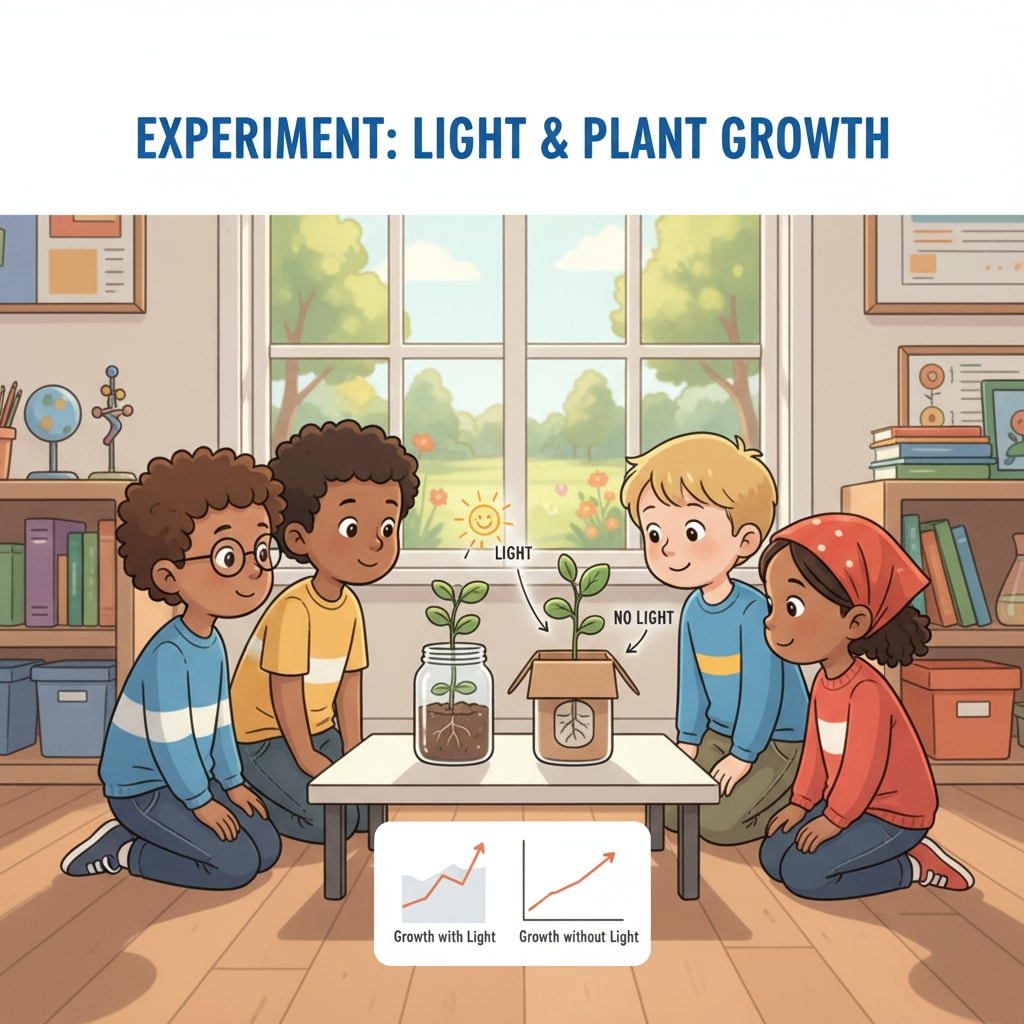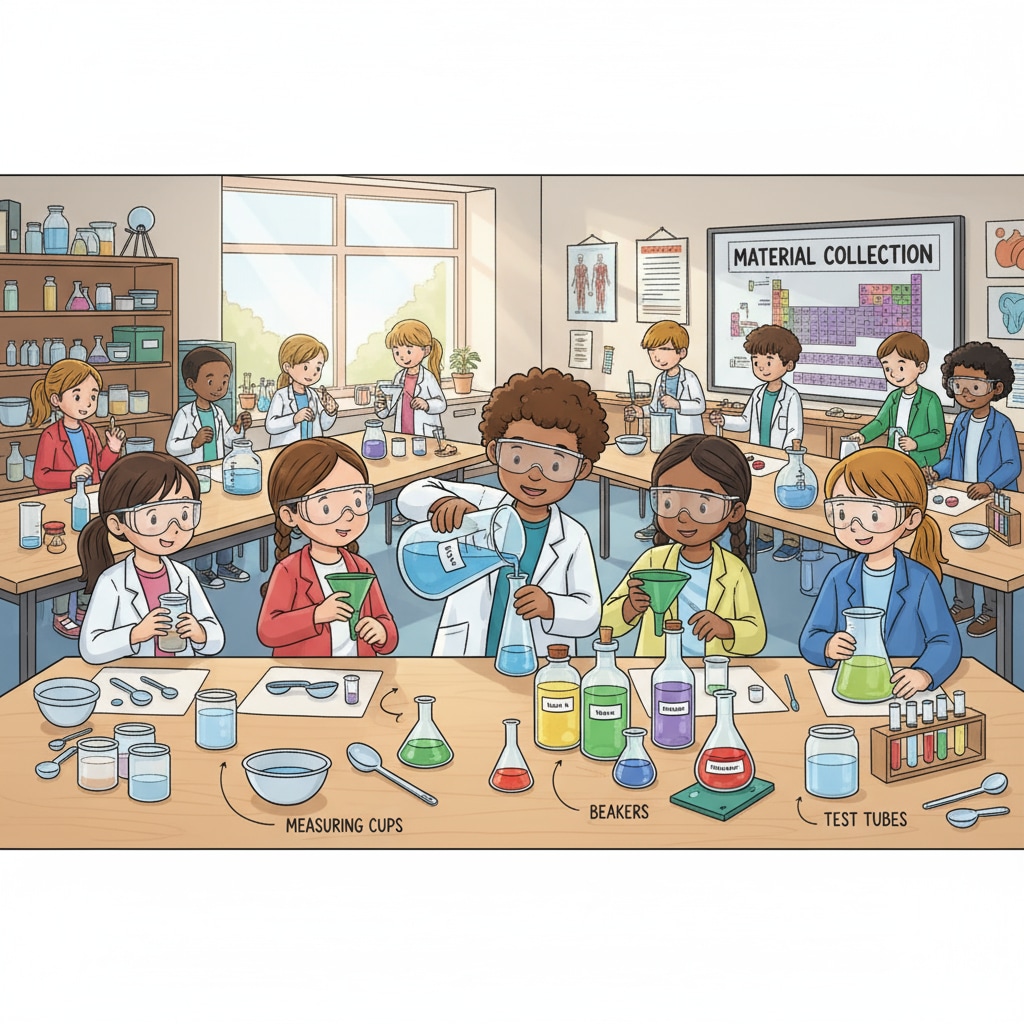Science exhibitions, children’s experiments, and scientific methods are the building blocks for young minds to explore the wonders of the world. For parents and teachers looking to introduce 1 – 4th graders to the exciting realm of science, this guide is a valuable resource. Let’s embark on this scientific journey together!

Selecting the Right Topic
The first step in any science exhibition project is choosing a topic that piques the child’s interest. It should be something relatable to their daily lives. For example, they could explore why plants grow towards the light. This not only makes the learning process enjoyable but also helps them understand how science is all around us. According to Science Kids, topics like the effect of different liquids on plant growth or how sound travels are great for young students.
Preparing the Materials
Once the topic is chosen, it’s time to gather the necessary materials. This could range from simple household items to more specialized scientific equipment. For a project on water evaporation, children can use a shallow dish, water, and a measuring cup. Clear instructions on where to find or purchase the materials are essential. As per Education.com, making a list in advance and checking it twice ensures a smooth experiment process.

Experiment design is crucial. It should follow the basic principles of the scientific method. First, formulate a hypothesis. For instance, if the topic is about the effect of temperature on the solubility of sugar in water, the hypothesis could be “Sugar will dissolve faster in hot water than in cold water.” Then, set up the experiment with proper controls. In this case, the amount of sugar, the type of water container, and other factors should be the same for both the hot and cold water tests. Observe and record the results carefully. This hands-on approach helps children understand the scientific process better.
Readability guidance: Keep paragraphs short and use lists when possible. For example, in the experiment design section, list the steps of the scientific method. Also, use transition words like ‘first’, ‘then’ to make the flow smoother. Control the proportion of passive sentences and long sentences.


